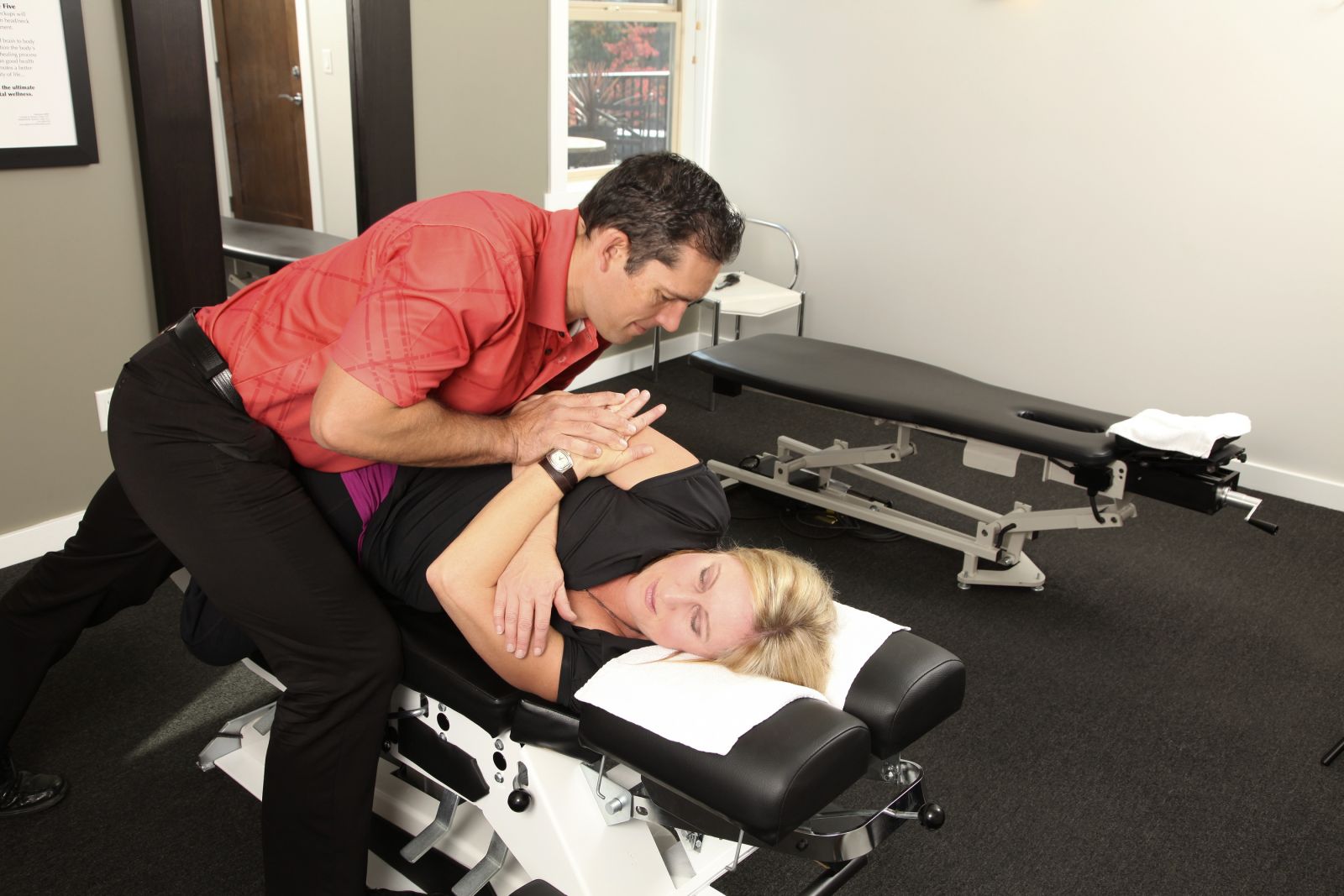
David Siik’s science-backed routine combines incline, speed, plyometrics and core-strengthening moves.
If you ask David Siik, every body—not just those lacing up for a road race—should prioritize endurance, and there’s no better way to do that than with running. “We as a society have spent the last 20 to 30 years trying to find every shortcut, every gimmick, every flashy, fun way to smile your way through a workout,” he says. “But if you really want to make a change—you can put this on my tombstone—there’s nothing in this world that will affect your body more quickly or more naturally than running.”
Below, Siik outlines the elements of an endurance-building routine, the benefits of which extend beyond a half-marathon personal best. “When you put yourself in that environment where you force yourself to endure, the changes are so dramatic for people,” he says. “The ability to breathe better, the ability to handle other kinds of workouts. And, of course, the greatest benefit is that your stomach gets very flat, it’s the cherry on top of running.”
Use this six-element session to get your best body ever:

(1) WARM-UP: Dynamic Stretches
Start with some jogging. “The running community believes in jogging first, which is why in track practice you always run a lap, and then you do your dynamic warm-up,” says Siik. Focus on dynamic movements such as side-to-side lunges, hip rotations, side shuffles, and leg swings.

(2) INCLINE INTERVALS
Sprint 1 minute (6-9 mph) at 0% incline
Rest 1 minute (slow jog)
Repeat at inclines of 1, 2, 3, 4 and 5%, respectively
Then, reduce speed by 2-3 points and repeat series at inclines of 7, 8, 9 and 10%
*Do not sprint above a 5% incline.

(3) SPRINT INTERVALS
Sprint for 10 to 20 seconds
Do 10 plyometric movements such as jump squats or jumping lunges
Rest 10 seconds
Repeat 10 times

(4) CORE MOVES
a. Side Plank Dips
Place left hand on treadmill and extend legs out to side on ground, feet stacked and reach right arm to sky (as shown). Keep from sinking into your shoulder. Slowly dip left hip towards treadmill, then return to start. Do 10-12 reps.

(b) Sprint-Kicks
Lie on treadmill with arms braced on railing, knees bent into chest (as shown), and explode legs straight out in front of you; return to start, lifting butt as legs come in toward chest. Do 10-12 reps.

(c) Starfish
Lie on treadmill with feet flat on ground, knees bent, arms extended overhead. Inhale, then exhale as you kick right leg and left arm up, tapping right toe with left hand. Repeat on opposite side for one rep, moving slowly and with control. Do 10-12 reps.

(d) Jumping Jack Plank
Start in plank position, hands on ground and feet on treadmill (as shown). Engage abs and keep hips lifted as you slowly step the right foot out to the right, then back to start, then the left foot to the left and back to start for one rep. Do 10-12 reps. For a more advanced move, jump feet out and in for 10-12 reps.

(5) RECOVERY: Foam Rolling
Says Siik: “A roll-out at the end of the session will help you recover so much more quickly for the next run, but it will also help you from developing some of the nagging issues people worry about, like tendonitis. You can’t build endurance if you’re not taking care of yourself in between endurance workouts.” Grab a roller and use these 7 rolling patterns.
For full article please visit: http://furthermore.equinox.com/articles/2015/06/endurance-workout?emmcid=emm-newsletter&utm_source=newsletter&utm_medium=email-member&utm_campaign=0411&cid=-Furthermore0411_v014112016

















 While the mainstay of chiropractic is spinal manipulation, chiropractic care now includes a wide variety of other treatments, including manual or manipulative therapies, postural and exercise education, ergonomic training (how to walk, sit, and stand to limit back strain), nutritional consultation, and even ultrasound and laser therapies. In addition, chiropractors today often work in conjunction with primary care doctors, pain experts, and surgeons to treat patients with pain.
While the mainstay of chiropractic is spinal manipulation, chiropractic care now includes a wide variety of other treatments, including manual or manipulative therapies, postural and exercise education, ergonomic training (how to walk, sit, and stand to limit back strain), nutritional consultation, and even ultrasound and laser therapies. In addition, chiropractors today often work in conjunction with primary care doctors, pain experts, and surgeons to treat patients with pain.